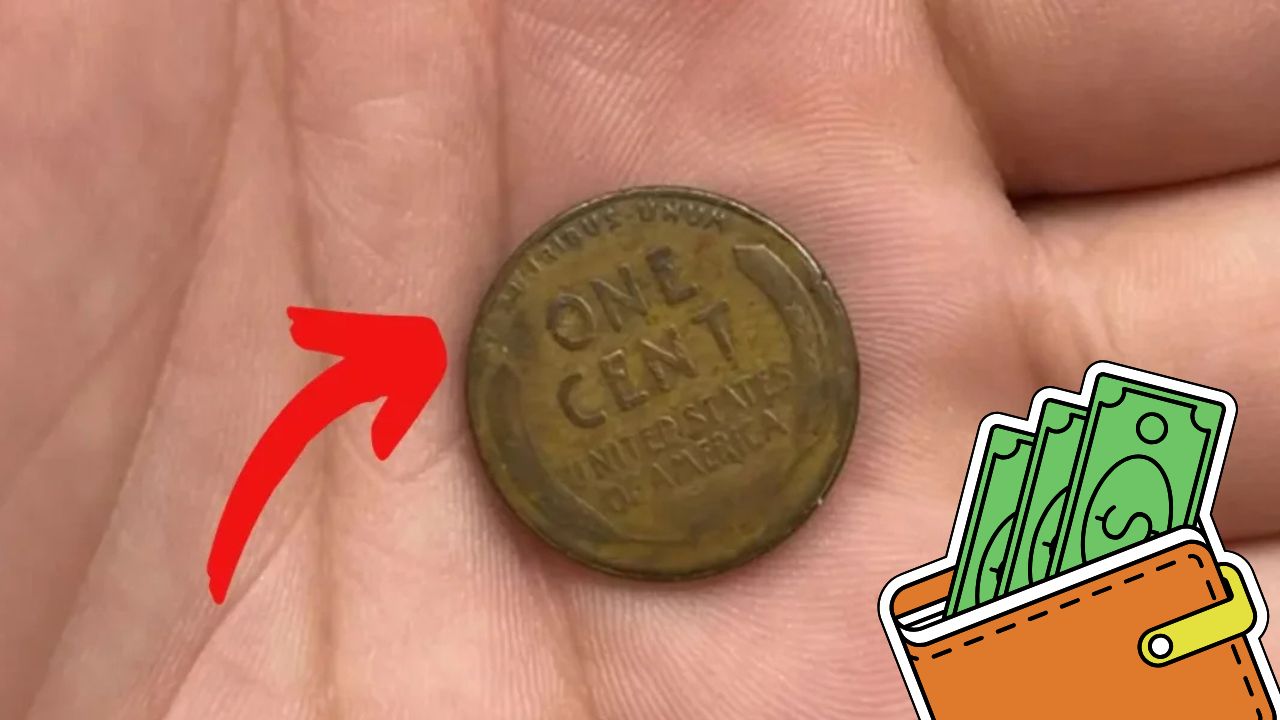When the Lincoln Wheat Penny debuted in 1909, it changed the face of American coinage forever. For the first time, a real historical figure—President Abraham Lincoln—was featured on U.S. currency. Prior to this, American coins typically showcased symbolic icons like Lady Liberty or the bald eagle.
Designed by Victor David Brenner, the obverse of the coin features a detailed profile of Lincoln, while the reverse displays two wheat stalks surrounding the words “ONE CENT.” This timeless design ran until 1958 and remains one of the most cherished coin types among collectors.
Why the 1914-D Lincoln Penny Is So Rare
Among all the Lincoln Wheat Pennies ever minted, the 1914-D stands out as one of the most valuable and elusive. Minted in Denver, only about 1.2 million of these coins were produced—far fewer than the massive numbers created at the Philadelphia or San Francisco mints.
Even in its own era, the 1914-D penny was considered rare. Over the decades, many of these coins were lost, heavily worn, or damaged, making well-preserved specimens exceedingly scarce today.
How to Identify a Genuine 1914-D Wheat Penny
Think you’ve found a 1914-D penny? Here are the key features to verify:
- Date: The front of the coin should clearly display “1914.”
- Mint Mark: A small “D” under the date confirms it was minted in Denver.
- Reverse Design: Two wheat stalks should be visible on the back, even if slightly worn.
Because of its high value, this penny is often counterfeited. Common scams include altering a 1944-D penny or adding a fake “D” mint mark to a regular 1914 penny. If you’re unsure, submit the coin to a reputable coin grading service like PCGS or NGC for authentication.
This Penny Could Be Worth $1.9 Million
While many 1914-D pennies are worth hundreds or thousands depending on condition, those in near-mint or uncirculated condition can command staggering prices. In rare cases, coins with sharp details and original luster have reportedly sold for as much as $1.9 million.
Even circulated versions in good shape can fetch between $500 to $10,000 depending on grading. That’s why coin preservation is so important for long-term value.
How to Protect Your Valuable Penny
To ensure your coin maintains its value, follow these essential tips:
- Do Not Clean It: Cleaning can scratch the surface or remove the coin’s natural patina, reducing its worth significantly.
- Use Gloves or Handle by the Edge: Oils and dirt from your fingers can damage the coin over time.
- Store It Properly: Use an acid-free holder or a coin capsule and keep it in a cool, dry environment away from light and humidity.
Where Are 1914-D Pennies Found Today?
Although finding one in daily circulation is extremely rare, 1914-D pennies still pop up in unexpected places. These include:
- Old family coin jars
- Inherited collections
- Estate sales and antique shops
- Coin roll hunts from banks
The thrill of discovering a rare coin keeps collectors searching. You never know where one might appear.
FAQs About the 1914-D Lincoln Wheat Penny
How many 1914-D pennies still exist?
Experts believe fewer than 10,000 survive in collectible condition, with only a few hundred rated as high grade.
Is a worn 1914-D penny still valuable?
Yes. Even heavily circulated versions can be worth between $200 and $1,000 depending on how well the date and mint mark are preserved.
How do I confirm if my penny is authentic?
Submit it to a professional coin grading company like PCGS or NGC. They will verify the coin’s authenticity and assign it a grade.
How much does it cost to grade a coin?
Grading services typically charge between $30 and $100, depending on turnaround time and service level.
What are the most common fakes?
Counterfeiters often add a fake “D” to a regular 1914 penny or alter the date on a 1944-D coin. Look for unusual font styles, tool marks, or suspicious discoloration.
Final Thoughts
The 1914-D Lincoln Wheat Penny isn’t just an old coin—it’s a slice of American history and a symbol of rare numismatic value. Whether you’re an experienced collector or just getting started, keeping your eyes open for this elusive penny could lead to a once-in-a-lifetime discovery.
